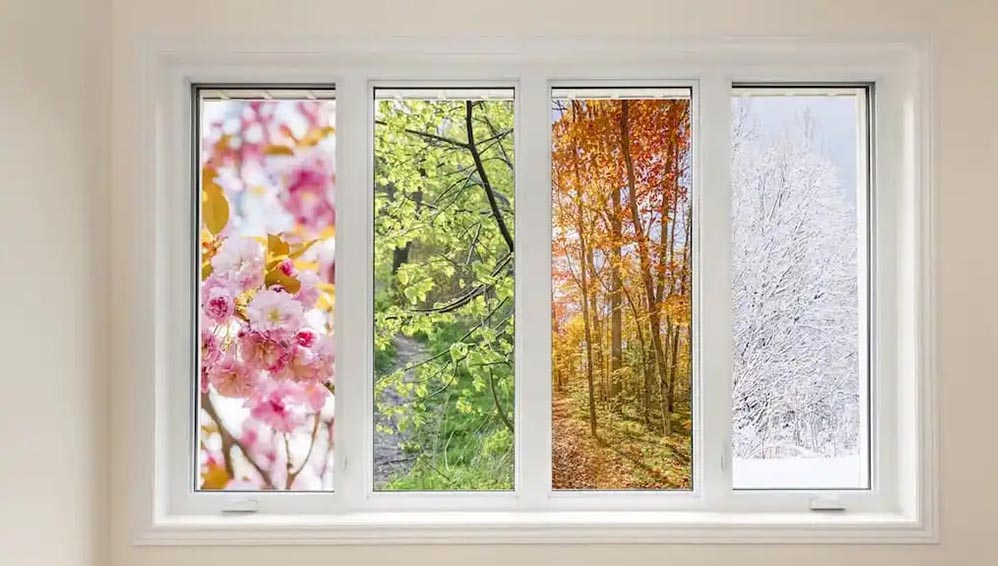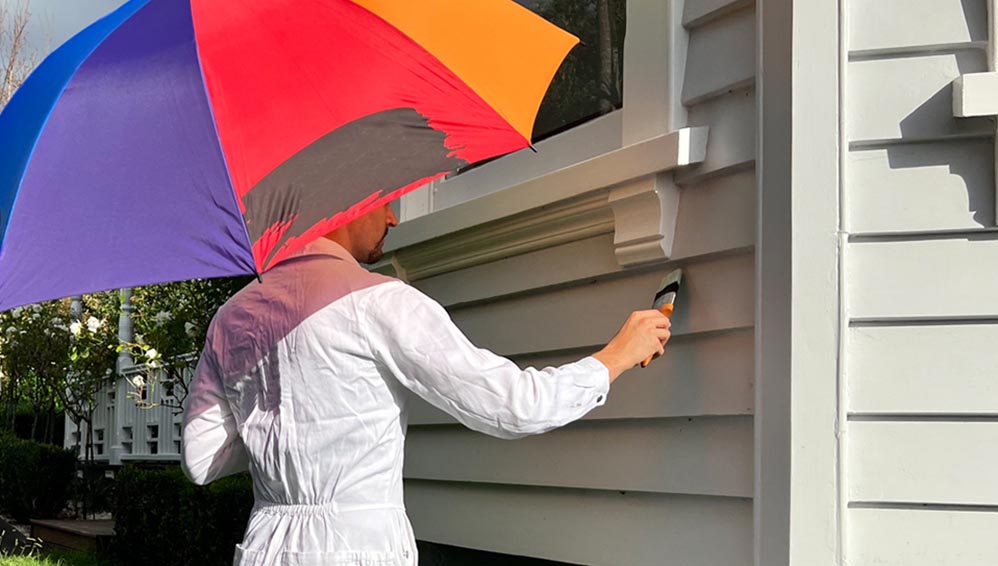Introduction
Painting is a transformative process that can breathe new life into our homes and spaces. Choosing the right time of year to paint is essential to achieving a successful and long-lasting paint job. Each season presents its own set of challenges that can impact the outcome of a painting project. In this blog post, we will explore the best time of year to paint and discuss the unique considerations for painting in spring, summer, and fall.
Spring: Dealing with Rain, Cooler Temperatures, and Pollen
Spring is a popular time for painting as it marks the beginning of warmer weather and longer daylight hours. However, painting in spring comes with its own challenges. Rain showers are common in spring, and excessive moisture can affect the drying process of paint, leading to longer drying times and potential adhesion issues. Cooler temperatures can also slow down the drying process, affecting the overall quality of the paint job.
In addition, the end of spring and the beginning of summer bring an increase in pollen levels, which can settle on freshly painted surfaces and create a gritty texture. It is essential to consider these factors when planning a painting project in the spring and take precautions to mitigate their impact on the final result.
Summer: Battling Extreme Heat
Summer is often considered the ideal time for painting due to the warm temperatures and longer days. However, extreme heat can pose challenges for painters. High temperatures can cause the paint to dry too quickly, leading to adhesion issues, brush marks, and an uneven finish. In addition, working in extreme heat can be physically demanding and may require extra precautions to prevent heat-related illnesses.
To overcome the challenges of painting in the summer, it is recommended to paint early in the morning or late in the evening when temperatures are cooler. Providing shade for the painted surface can also help regulate the drying process and improve the overall quality of the paint job.
Fall: Managing Cooler Temperatures, Rain, and Higher Humidity
Fall is another popular season for painting, as temperatures begin to cool down after the heat of summer. However, cooler temperatures in the fall can slow down the drying process of paint, leading to longer drying times and potential adhesion issues. In addition, the return of rain showers and higher humidity levels in the fall can pose challenges for painters, affecting the overall quality of the paint job.
To address these challenges, it is important to monitor weather conditions closely and plan painting projects accordingly. Painting earlier in the fall when temperatures are milder and humidity levels are lower can help ensure a successful paint job. Taking precautions such as providing proper ventilation and using dehumidifiers can also help mitigate the impact of higher humidity on the drying process.
Conclusion
In conclusion, the best time of year to paint depends on a variety of factors, including weather conditions and seasonal challenges. Each season presents its own unique considerations that can impact the outcome of a painting project. By understanding the challenges associated with painting in spring, summer, and fall, and taking appropriate precautions, you can achieve a successful and long-lasting paint job regardless of the season. Remember to plan ahead, monitor weather conditions, and adapt your painting techniques to suit the specific requirements of each season.
and implementing best practices, you can achieve


